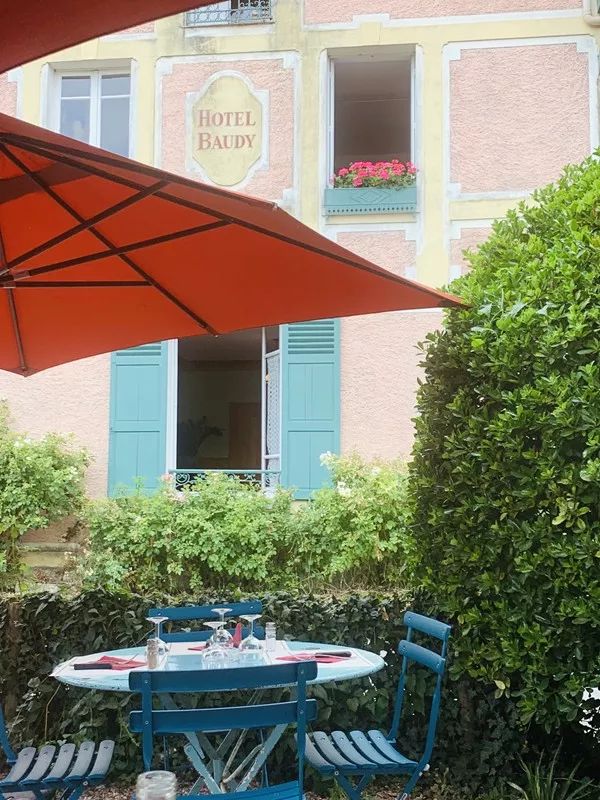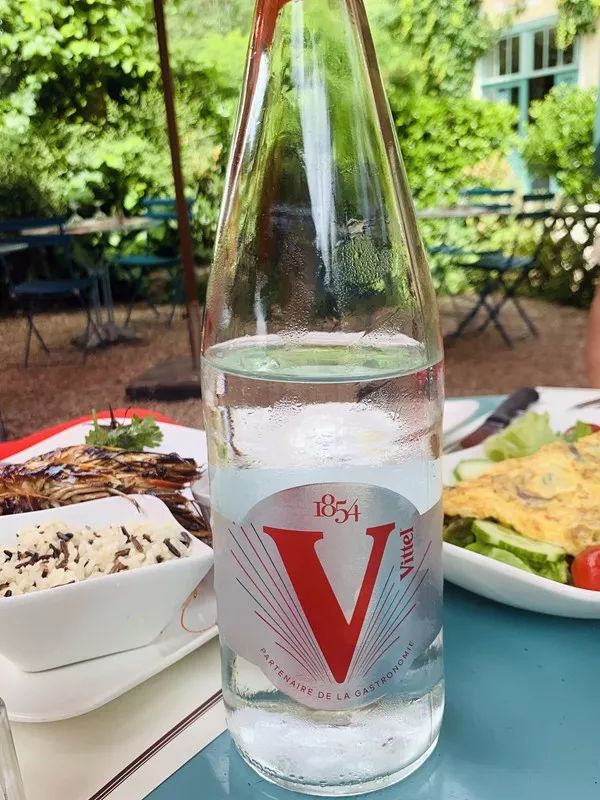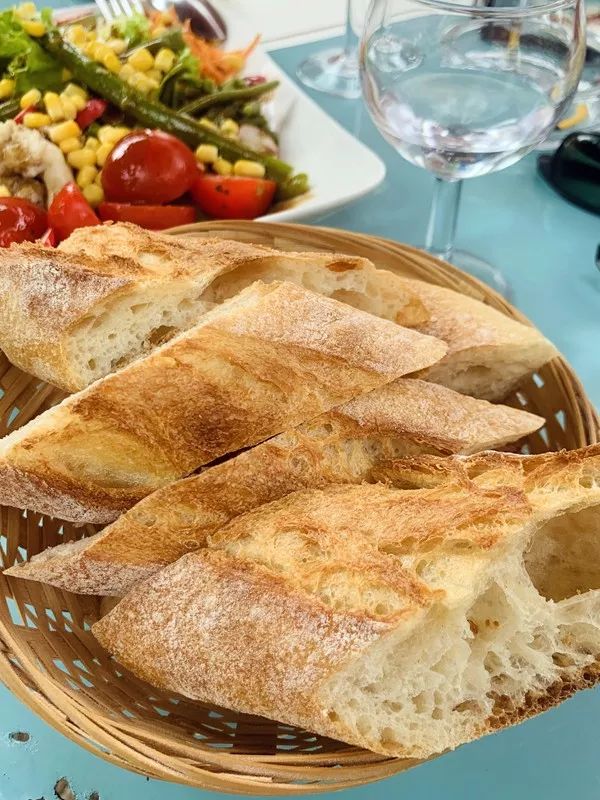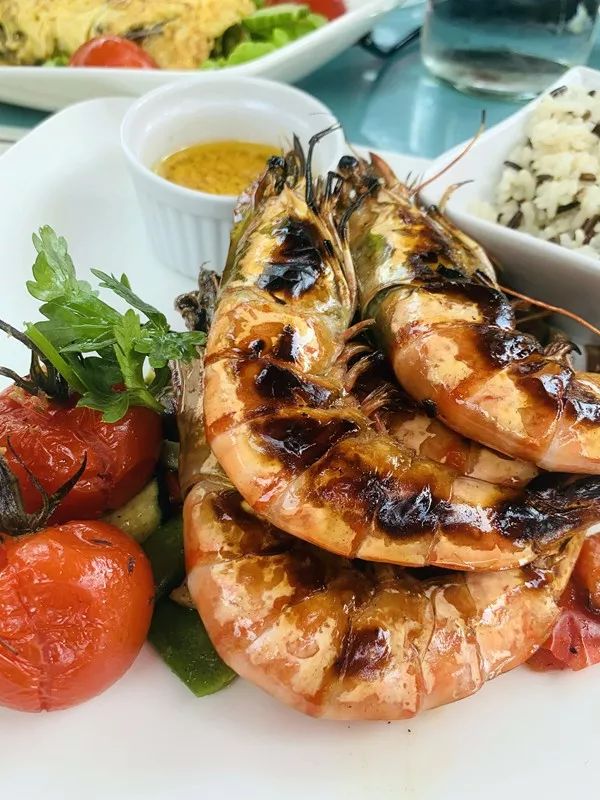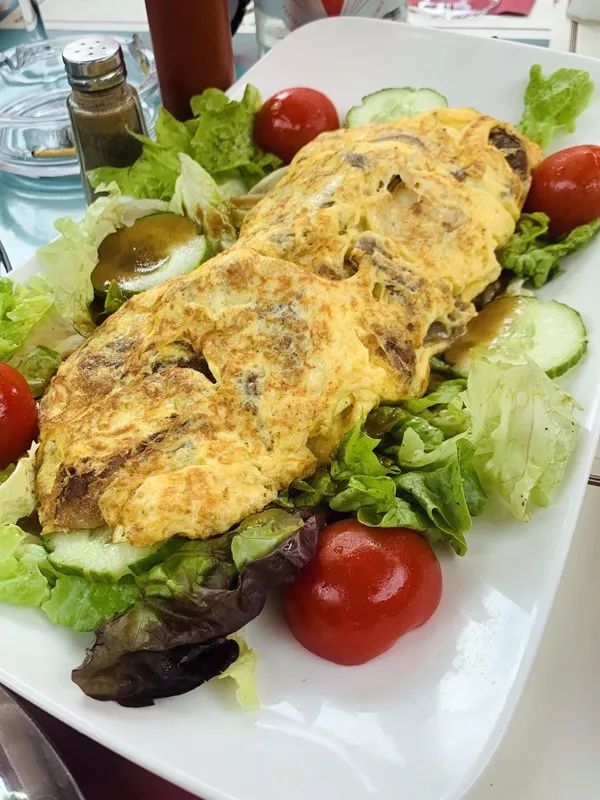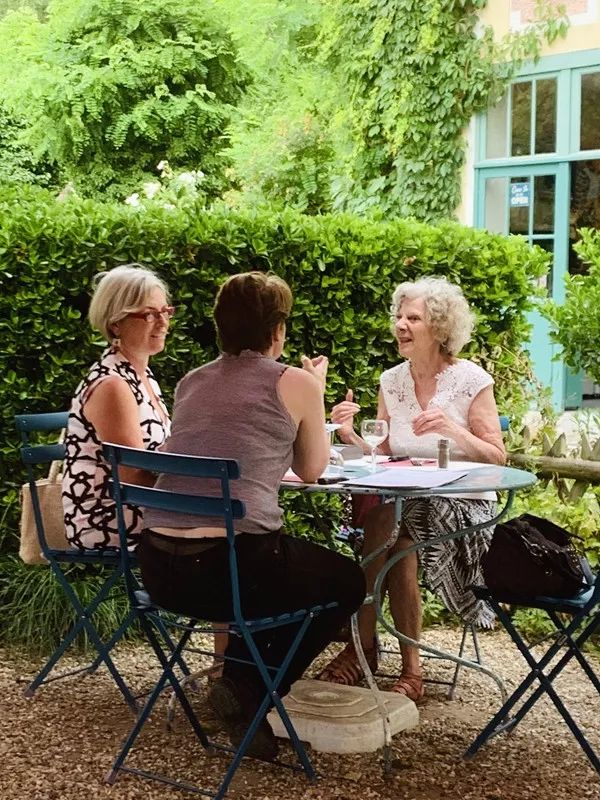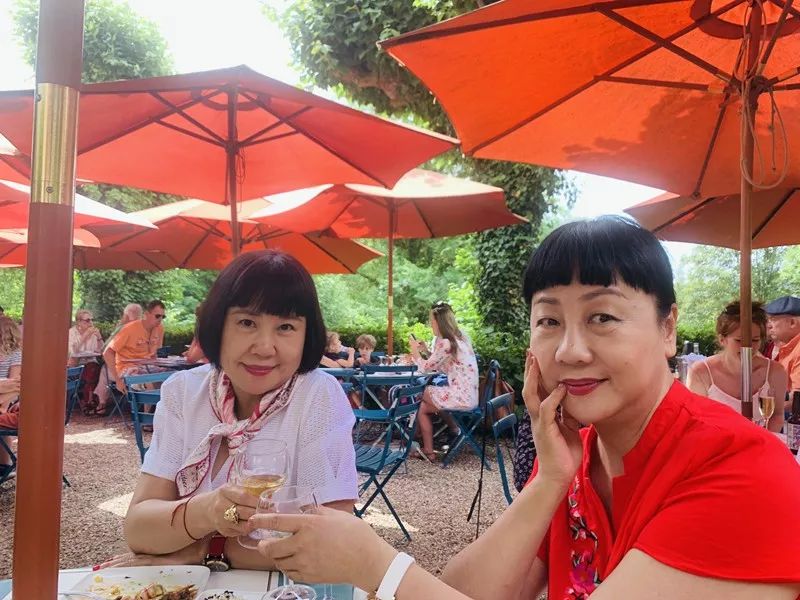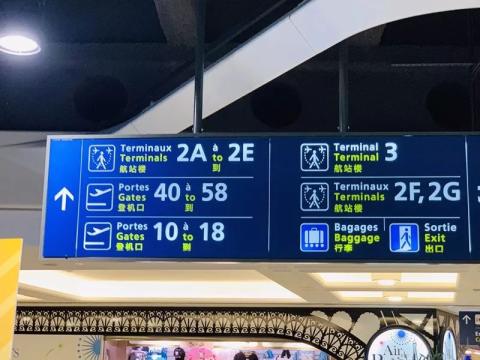
I call this series "Southern French Scenery" and not all of it is in the south. We are traveling southward, and the final destination is Marseille, the southernmost city in France. We stop and go and play while walking.
It was evening when we arrived in Paris 6 It was a little past midnight. Anyone who has been to Charles de Gaulle Airport knows that the airport consists of several small terminals, so it is very efficient and going through customs is effortless. The immigration officer was chatting on his mobile phone while stamping my documents without even looking up. So after we picked up our luggage, it was not even 7 Click here to book our car rental 8 There is still some time left, the counter staff asked us 7 I thought he was kind and compassionate, but when we got the car, 8 It’s past midnight; the biggest surprise at the Paris airport is that there are Chinese signs everywhere, which makes it much more convenient for Chinese people to enter the country.
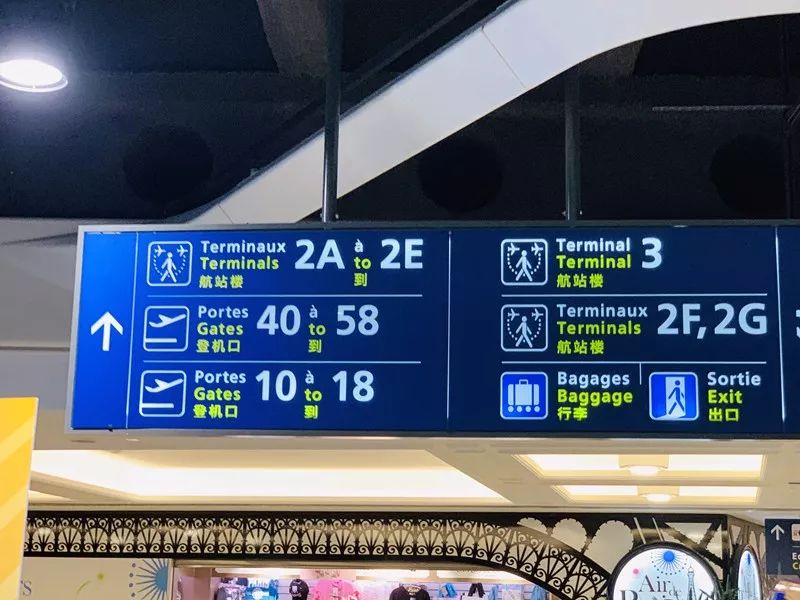


Our first stop is Giverny, which is 70 kilometers away from Paris. It is west of Paris and belongs to the province of Normandy, so our first stop is not to the south. Giverny used to be An insignificant little village, but it became famous because Monet lived here for 43 years. It is a typical "mountain is not high, if there are immortals, there will be spirits".
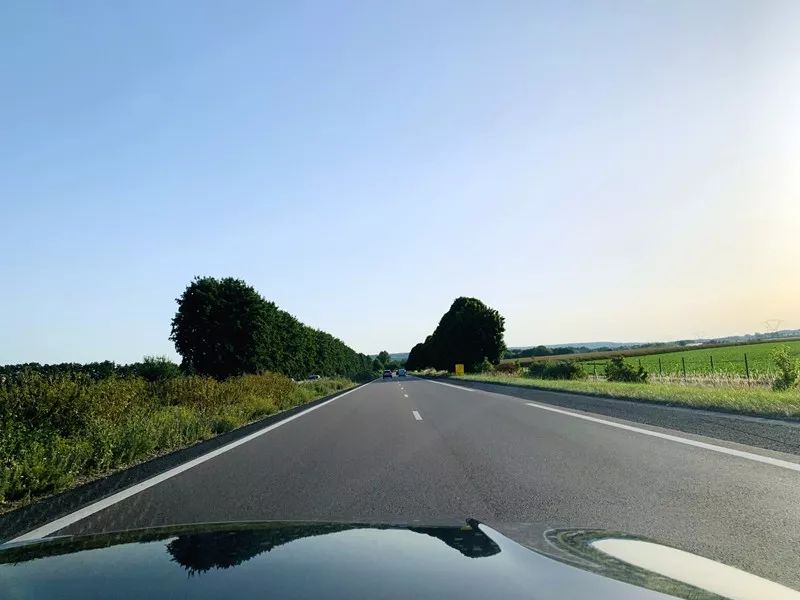
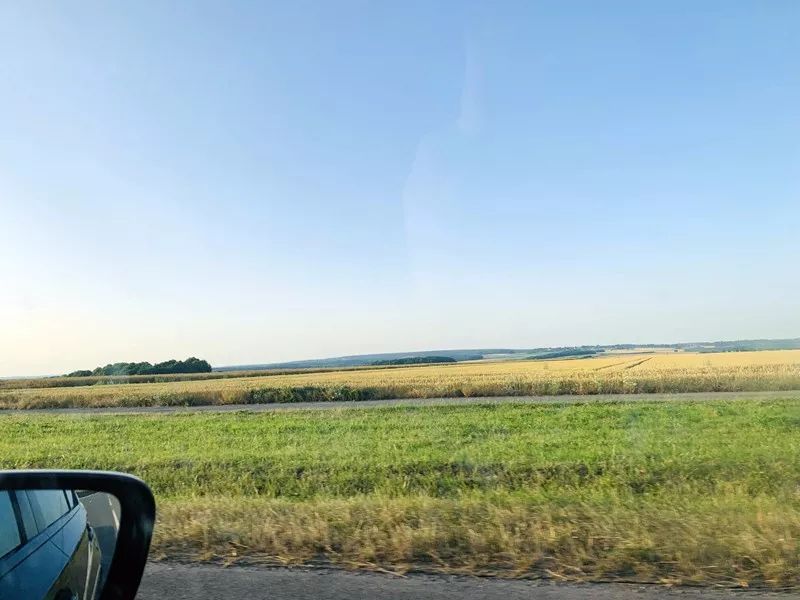
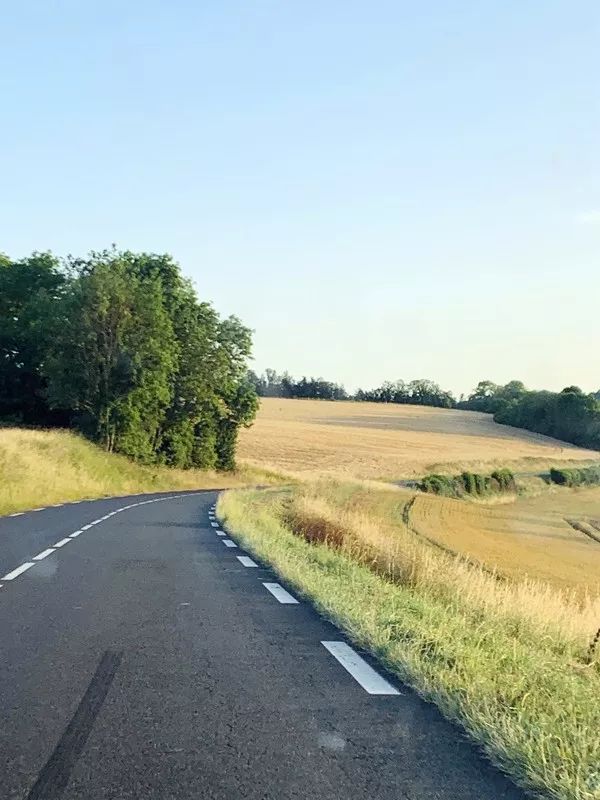
It was already past 9pm when we arrived at Giverny. Fortunately, it won’t get dark until 10:30pm, so it wasn’t too difficult to find a place to stay. The landlord doesn’t live here. , the first floor is her studio. We were given the door code online, and we checked in directly. The landlord came over very early the next morning, and we also visited her studio. There are many such studios in Giverny. My sister said this place is equivalent to "Songzhuang" in Beijing.
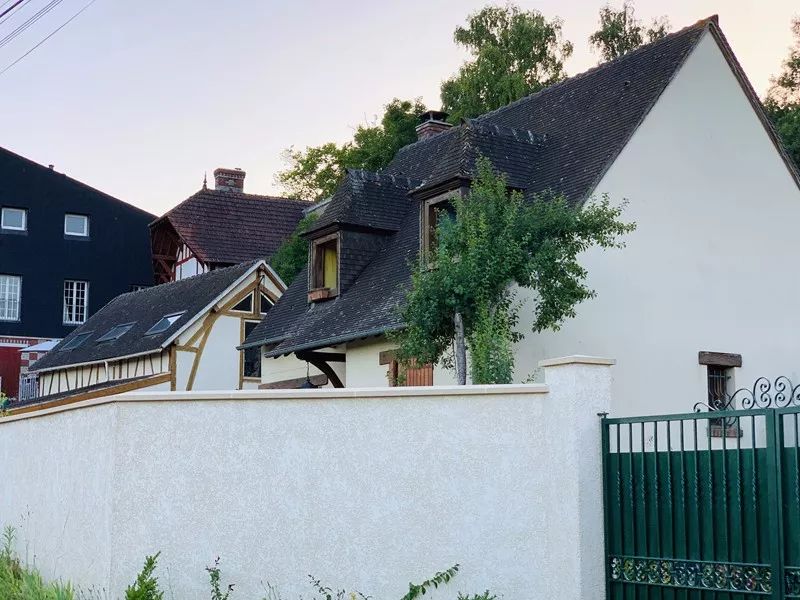
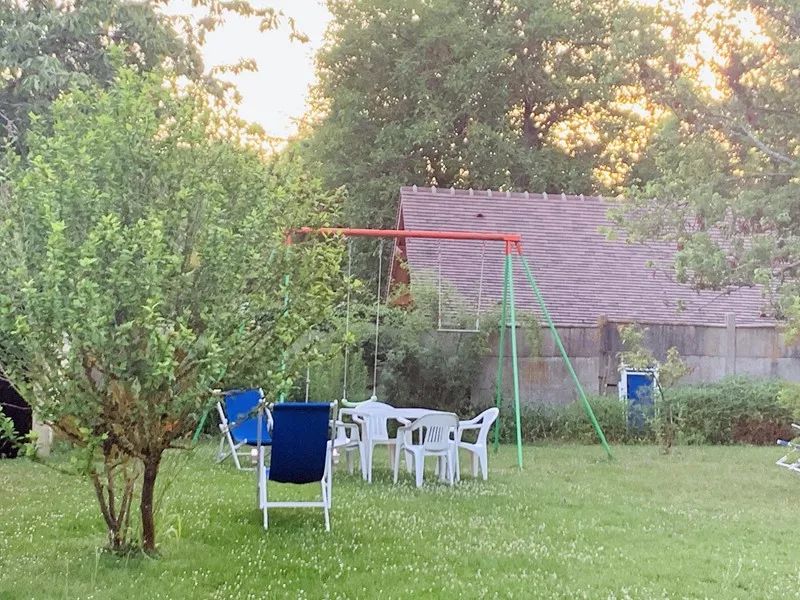
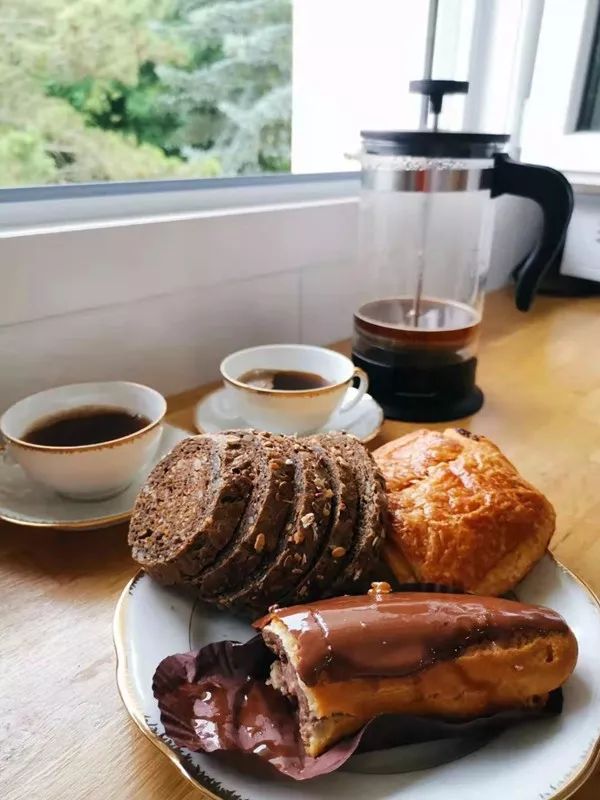
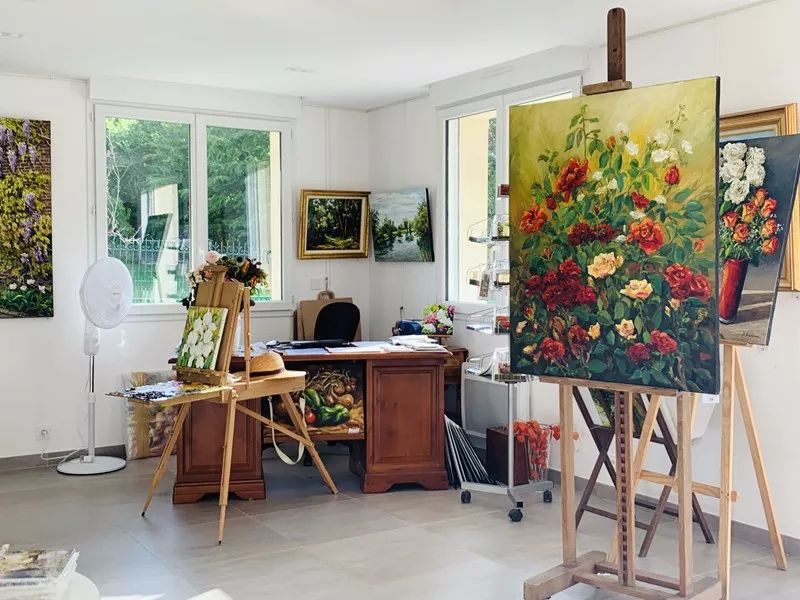
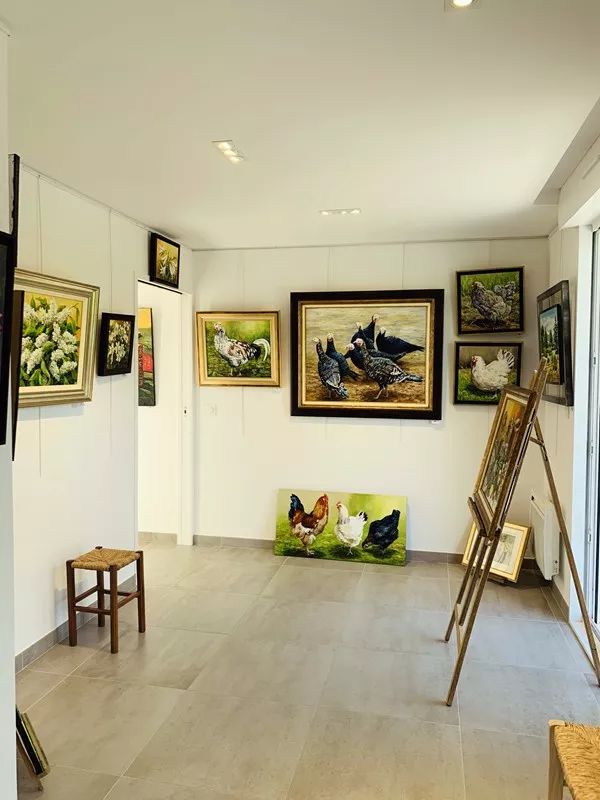
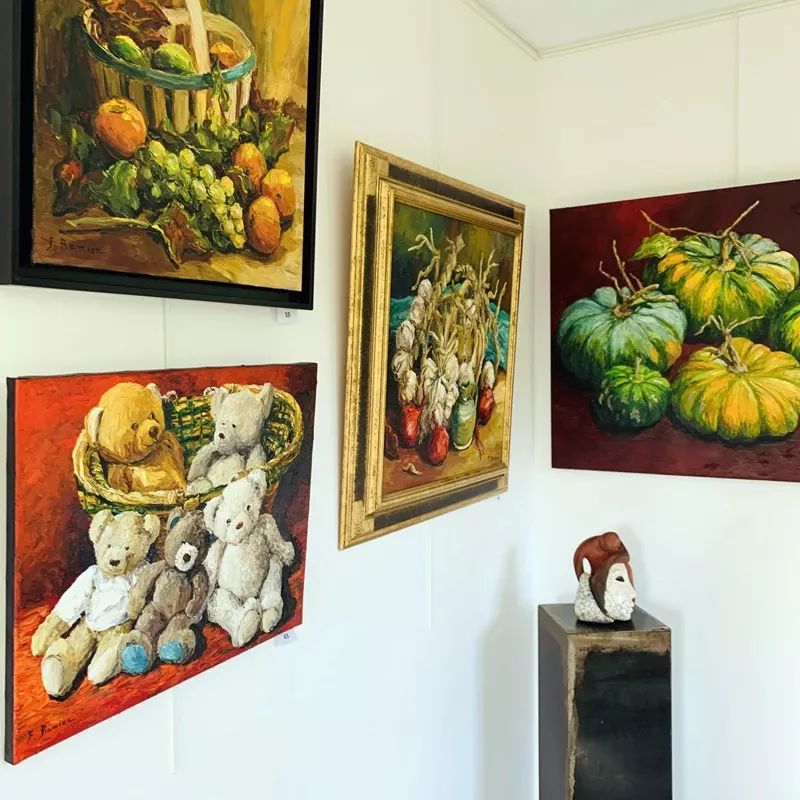
Of course, we went to Giverny specifically for Monet. The village is actually very small. Monet’s garden and our residence are on the same street. The walk is only about 50 meters, because it is a weekend. Before the garden even opened, there were already people queuing up in front of the door. Most of them, like us, were tourists who came just to see the garden.
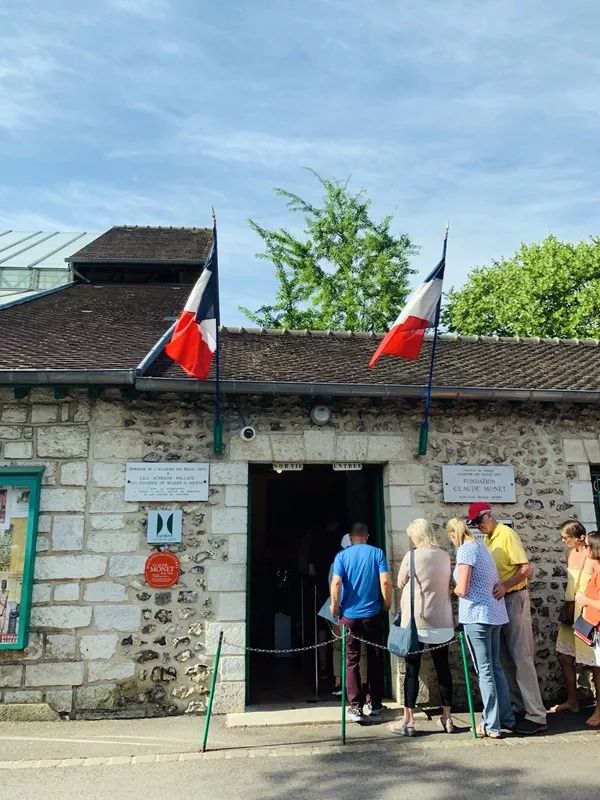
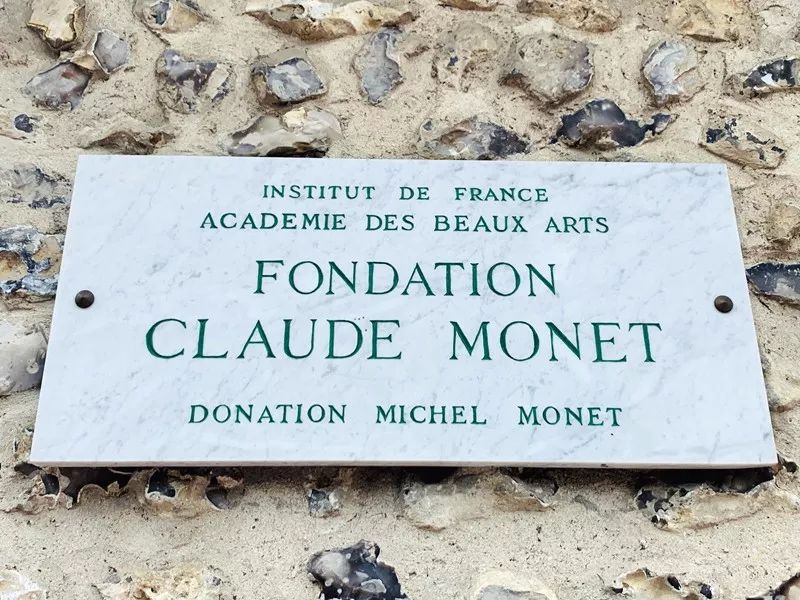
The entrance to the garden is very small, but there are constant surprises after entering. When I come in, I always think of the Yves Saint Laurent Garden in Marrakech, Morocco. But as soon as I enter the garden, I can feel Monet's style. The garden is full of flowers and plants. All kinds of flowers and plants are mixed together, and the flowers and plants are very Asian-style. If you only see a small part, it will feel like no one has taken care of it, but when you look at the entire garden, you will immediately think of Monet. The works are colorful and varied, completely different from the strong colors of Yves Saint Laurent, which gives people a sincere feeling of peace and tranquility in the years.
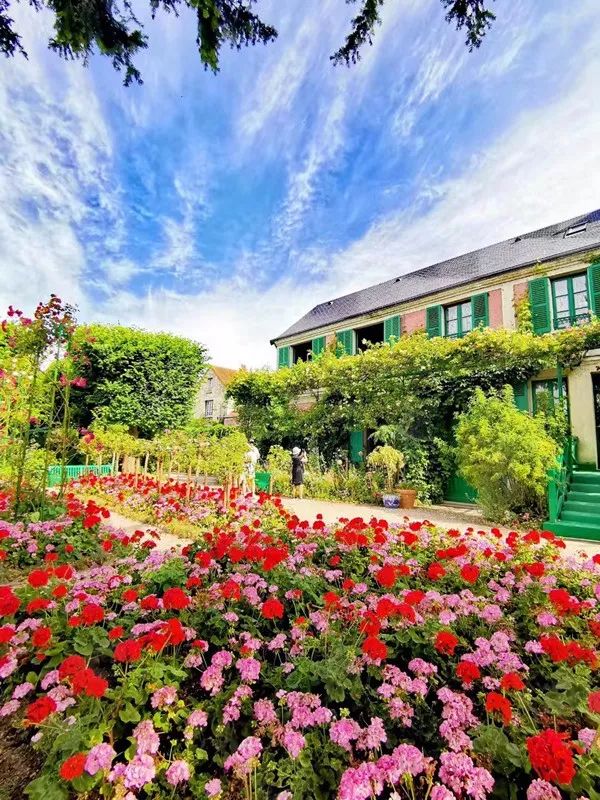
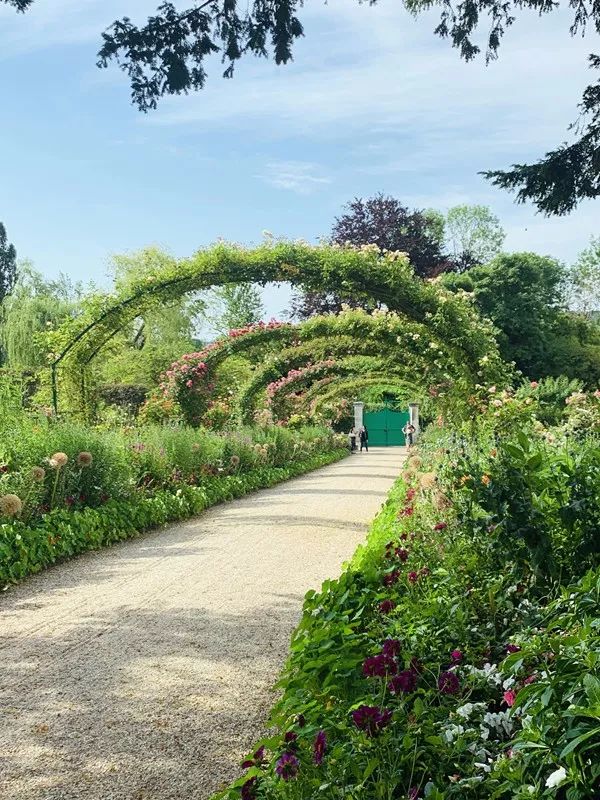
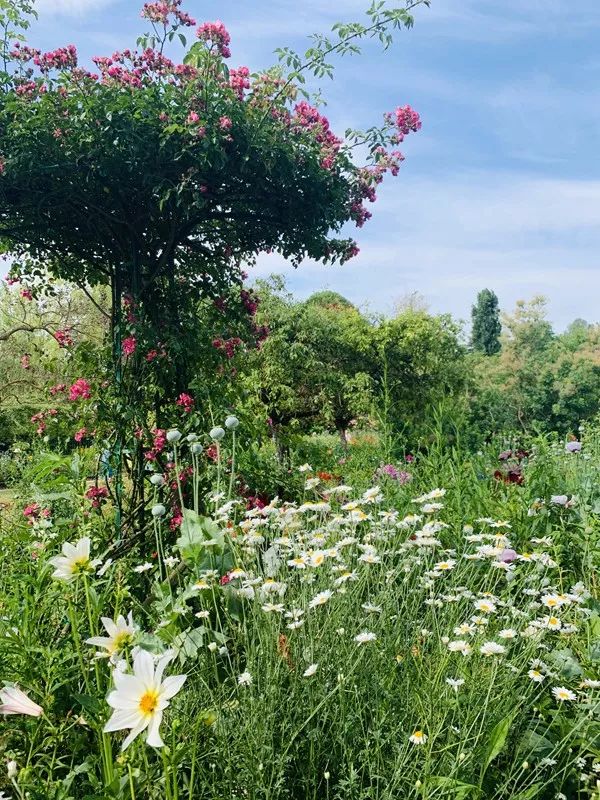
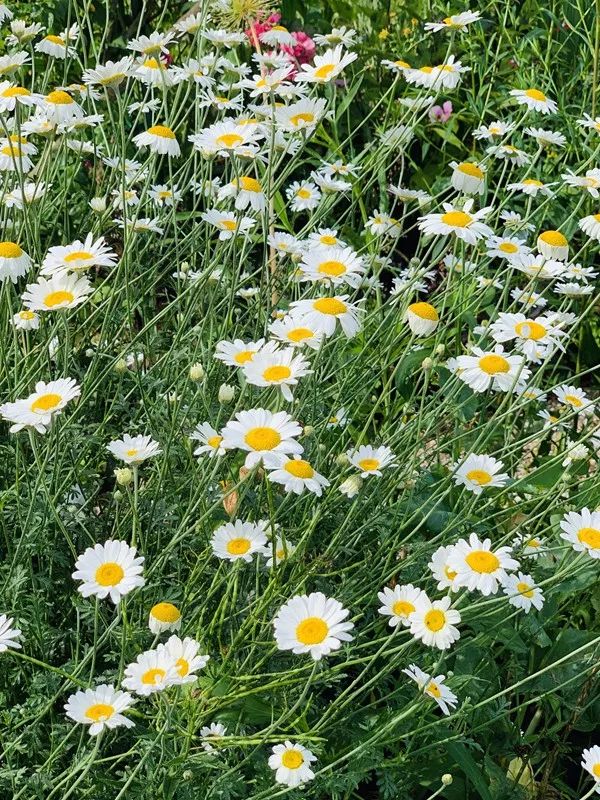
Monet's works:
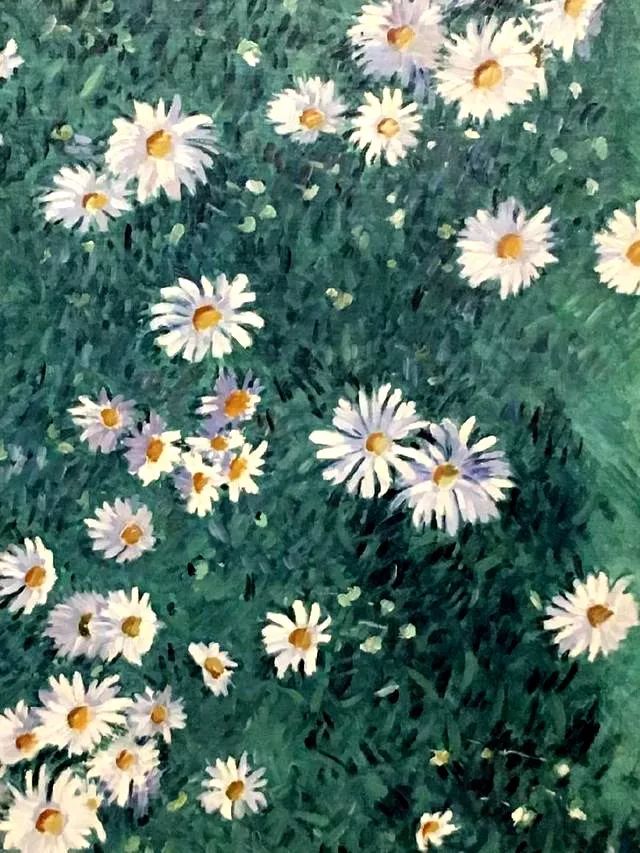
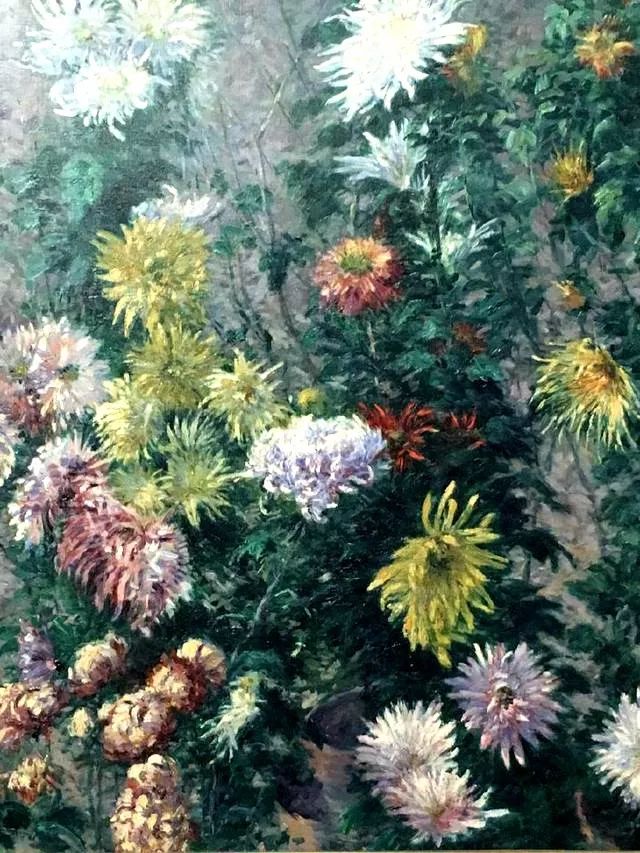
Monet's garden is divided into two parts. Go through the tunnel to the other side of the street. This is the garden that Monet later bought and built. This garden is called "Water Garden". The water garden is an artificial lake with plantings on the shore. It is full of weeping willows and bamboos, with towering trees, winding paths, and several small green bridges spanning the mirror-like water. The planning of the water garden reveals the shadow of Japanese gardens everywhere, giving people a sense of Zen meditation. The water garden is filled with water lilies. The bridge and water lilies in the water garden are the prototypes of Monet's Japanese Bridge series and water lily series.
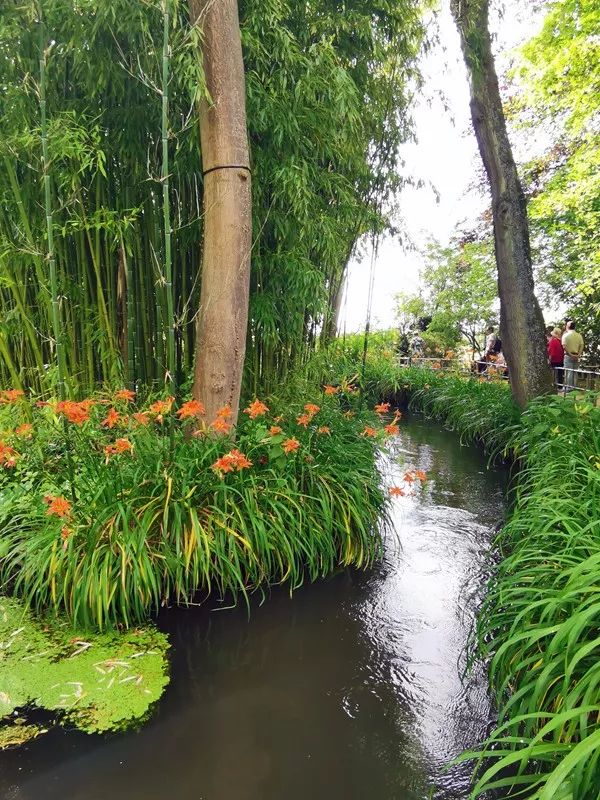

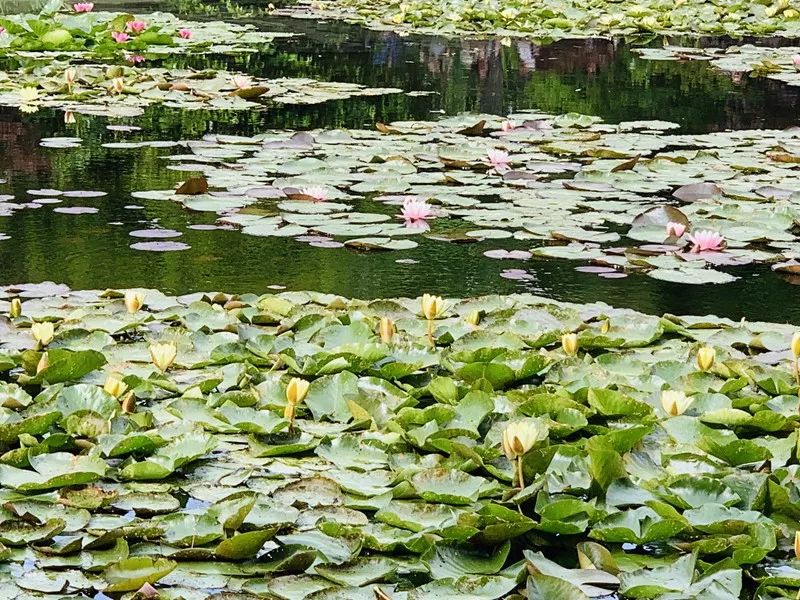
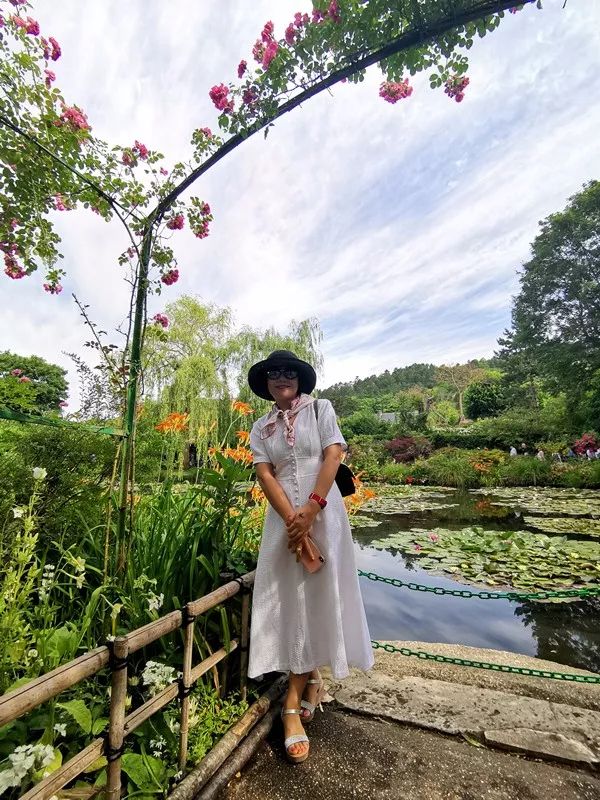
Monet's works:
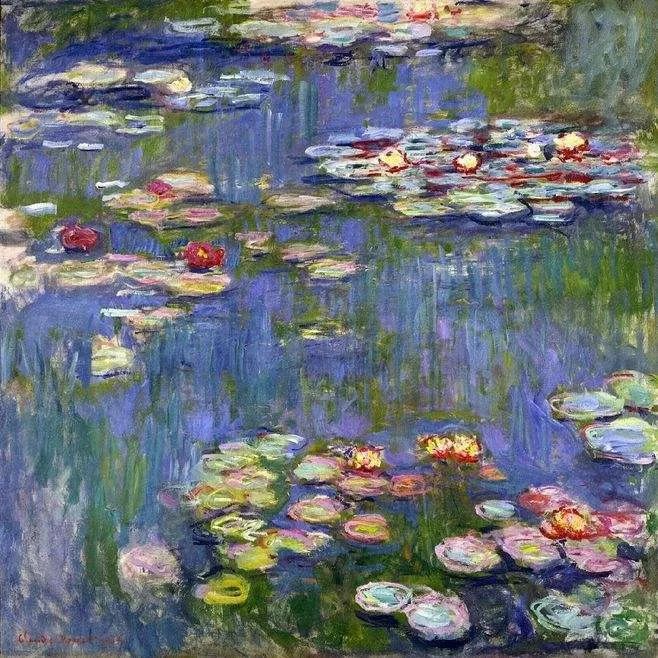
Monet lived here for 43 years until his death. Monet’s residence and studio are also open to the public. Monet loved Japanese Ukiyo-e paintings, and there are also many Ukiyo-e paintings collected here. The Japanese probably like them very much. This master is like a close friend, so there are many Japanese tourists.
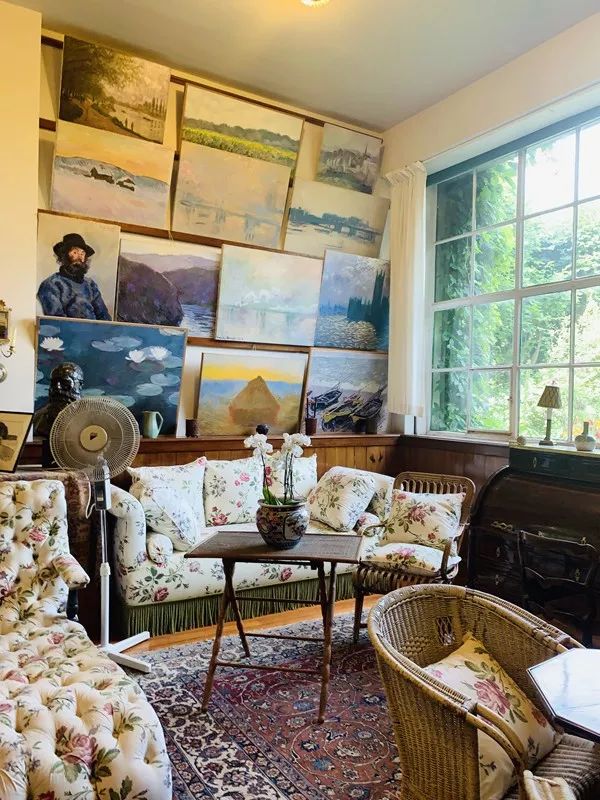
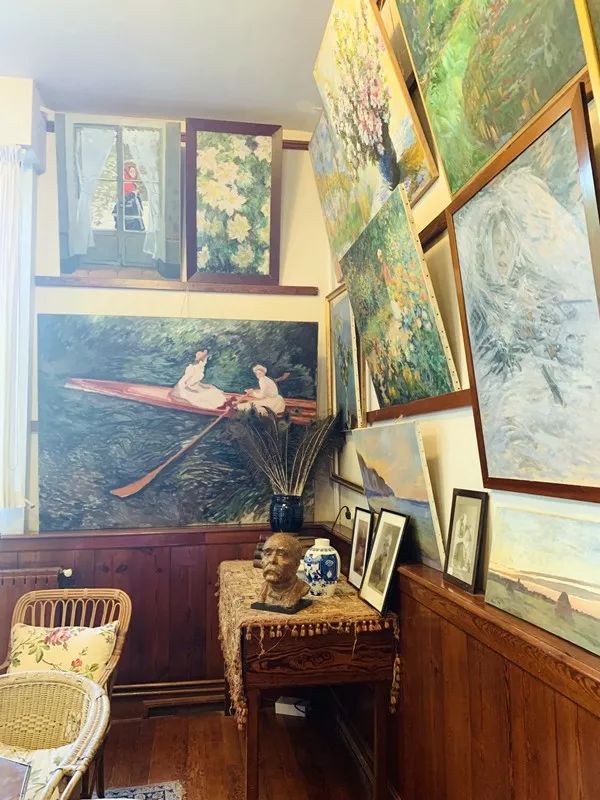
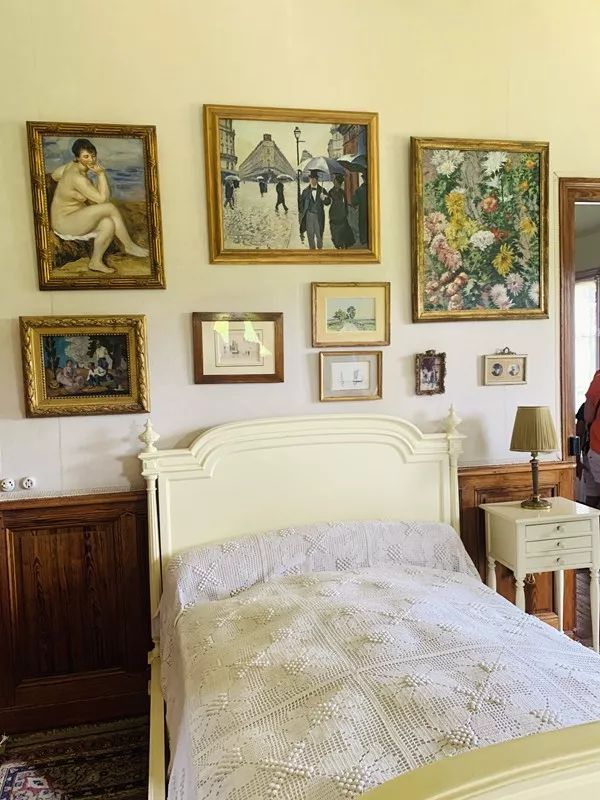
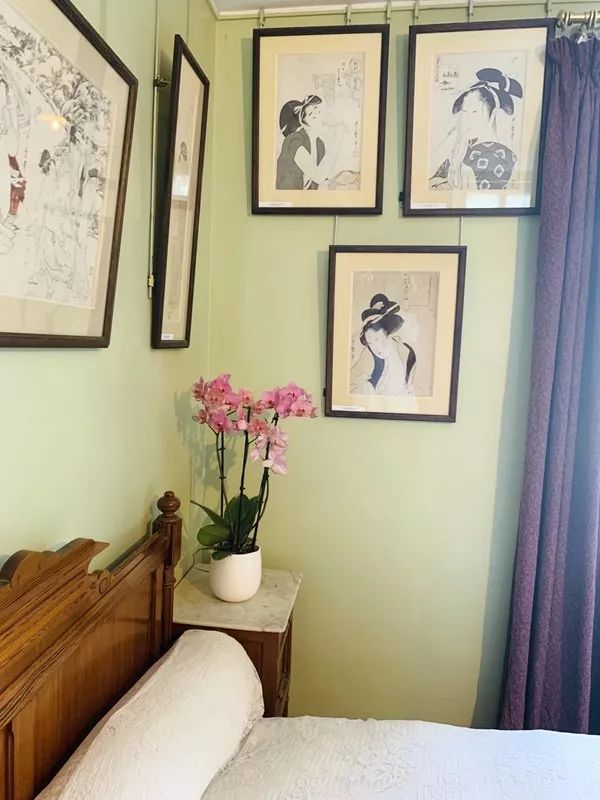
During World War II, Monet's former residence was severely dilapidated. Monet's son Michel, who inherited the family property, was unable to repair it, so he 1966 In 1989, he donated it to the National Academy of Fine Arts.
It was already noon when we came out of the garden, so we found a restaurant to eat before continuing on to our next trip.
